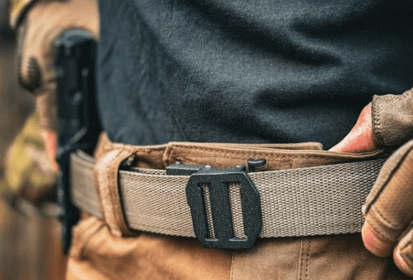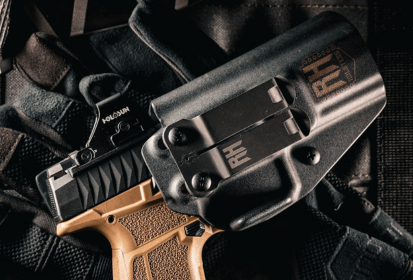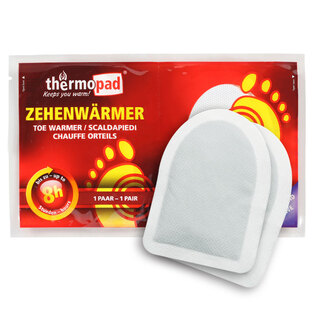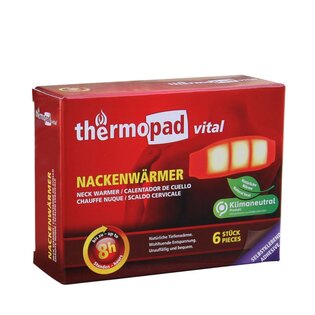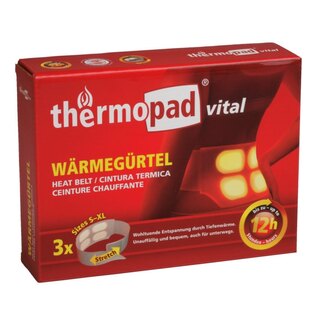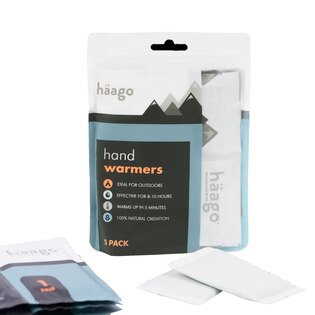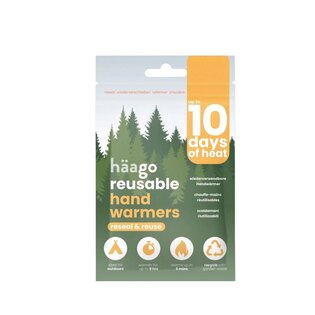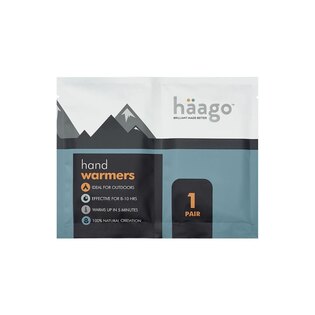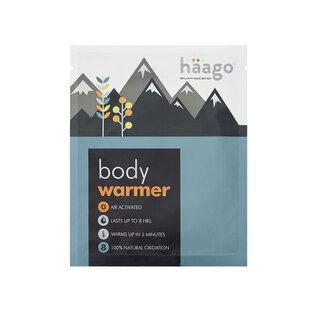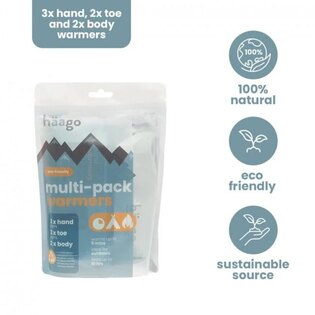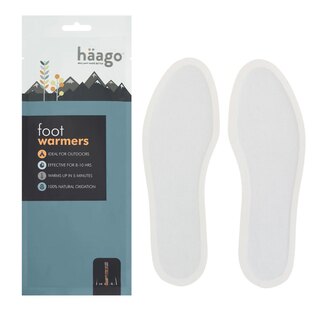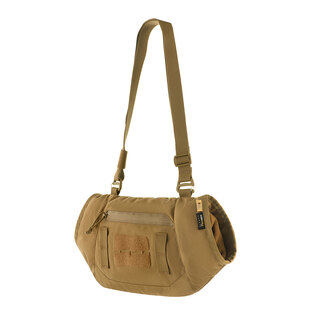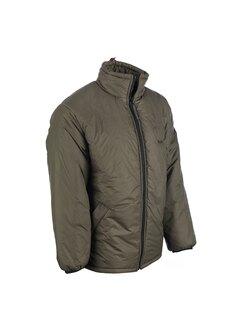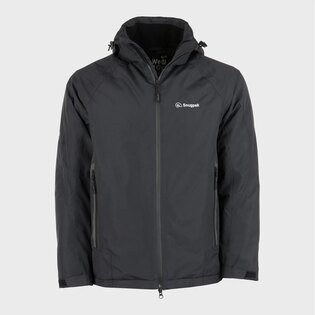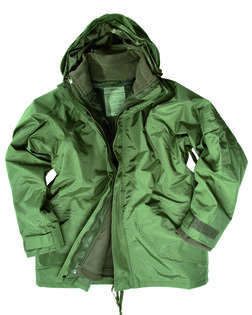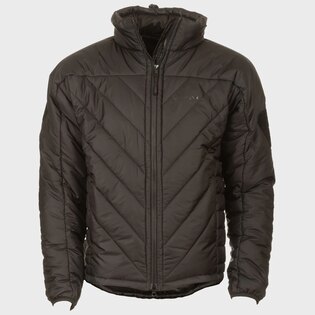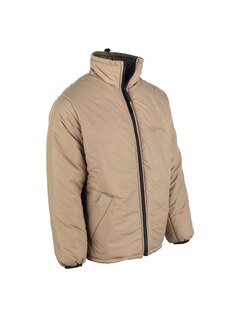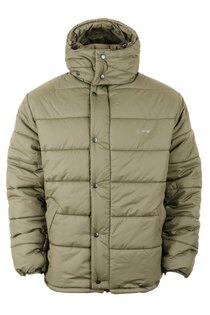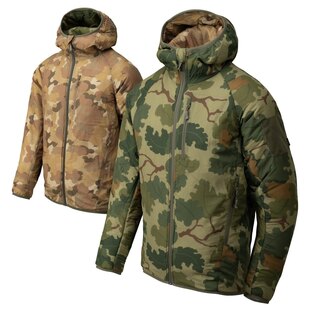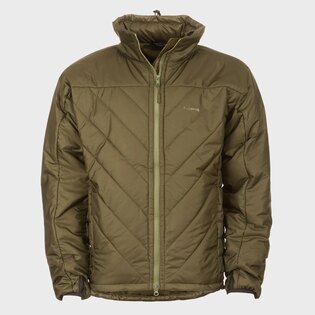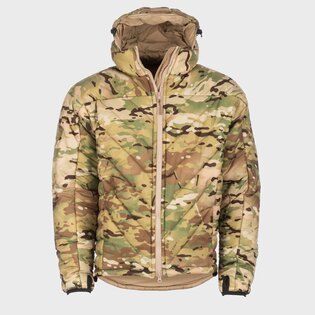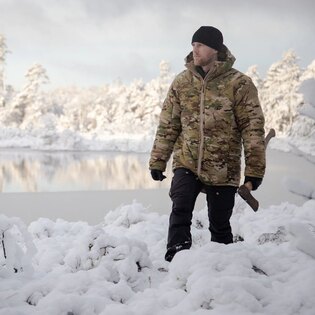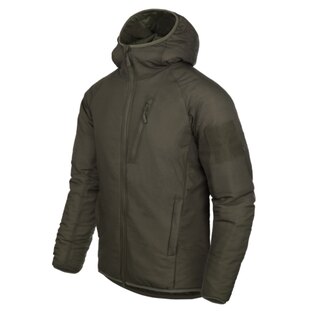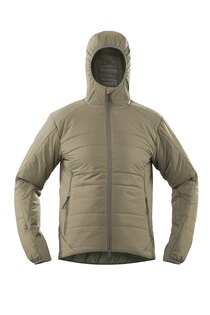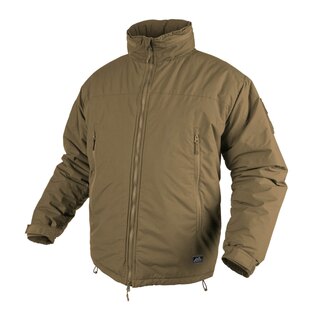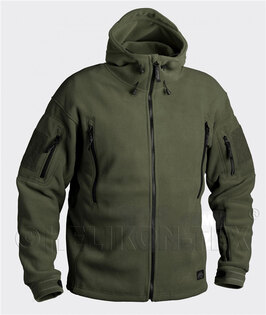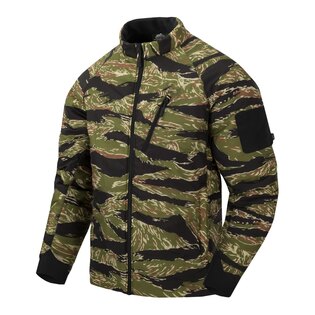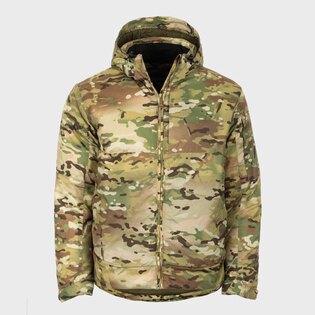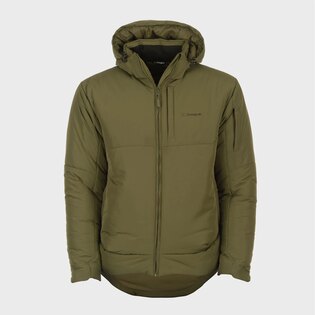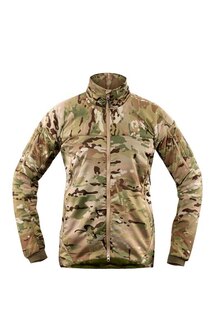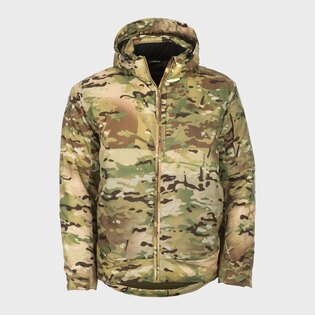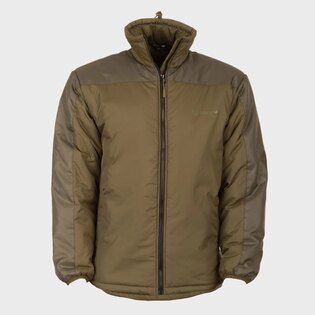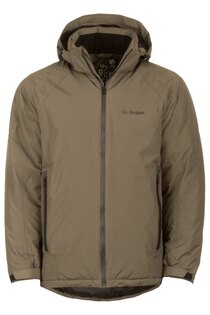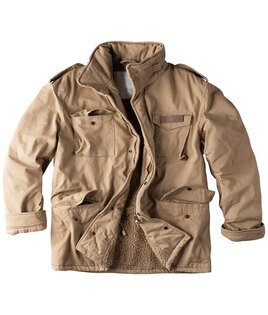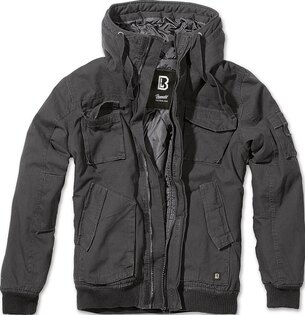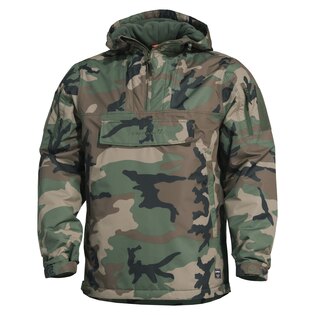Where to go for the coldest weather in the Czech Republic?
Winter is beautiful, even though many people don't fully appreciate it and tend to suffer from the cold weather. However, there are individuals who are not afraid of challenges and seek out frosts. Let's see where to find the biggest frosts in the Czech Republic, even nowadays, when temperatures in most of our country hover around zero for most of the winter. Extreme frosts are rarer today, and that is why some people deliberately go to meet them.
Even in recent years, temperatures of -20°C have not been an exception. In the coldest places, which we will mention below, temperatures can even drop below -30°C. And the lowest officially measured temperature in the territory of the present-day Czech Republic was -42.2°C in Litvínovice near České Budějovice in 1929.
Frosty areas are mostly sought out by hardy people and lovers of extreme sports or people who want to try something new as part of their adventure vacation. Even classic tourism has its own charm in the cold, although you need to be really well equipped for this. Underestimating your equipment or your own fitness and preparedness can lead to unnecessary trips by the mountain rescue service or other rescuers. Which could cost you quite a lot without the appropriate additional insurance.
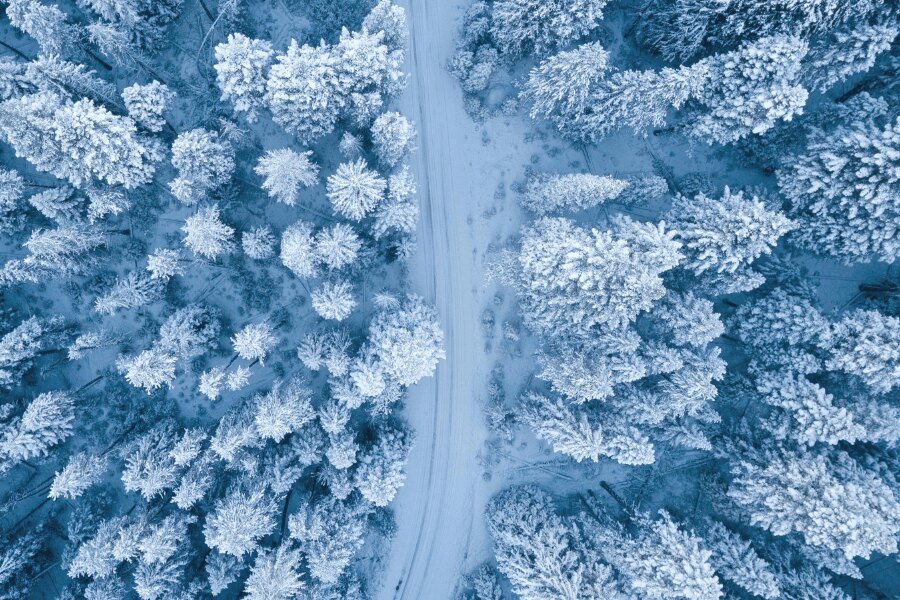
Severe frosts are becoming increasingly rare in our country. But you can still go for them. We will advise you where to go.
The coldest places in the Czech Republic
And what are the coldest places in the Czech Republic? It will certainly not surprise you that the greatest frosts can generally hit the territory of Šumava, after all, winter is making itself felt here even now, at the beginning of 2025. In addition to Šumava, the Jizera Mountains are also quite cold, but also the Giant Mountains. It is said that the coldest place in the Czech Republic is Sněžka. So it is not that the temperatures drop that low here, but we are talking about the overall average annual temperature here (approx. 0.2°C).
1) Jezerní slať (Šumava)
Record low temperatures are regularly measured on thermometers at Jezerní slať in Šumava. This is a frost basin that is absolutely ideal for winter trips and cross-country skiing. The Jezerní slať peat bog is located in Zone I of the Šumava National Park. The lowest temperature at Jezerní slať was measured in 1987, at -41.6°C. But -30°C is not an exception here in winter.
2) Horská Kvilda (Šumava)
Not far from Jezerní slat is the village of Horská Kvilda, which is probably the coldest village in the Czech Republic. That is why we mention it separately here, even though both places could be classified as one. Even in Horská Kvilda, temperatures can be just below -30 °C, although in nearby Sušice or other places in the area, thermometers show 15 degrees higher. Horská Kvilda is located in a so-called frost basin, so it sometimes freezes slightly even in warmer parts of the year, when we would not expect it.
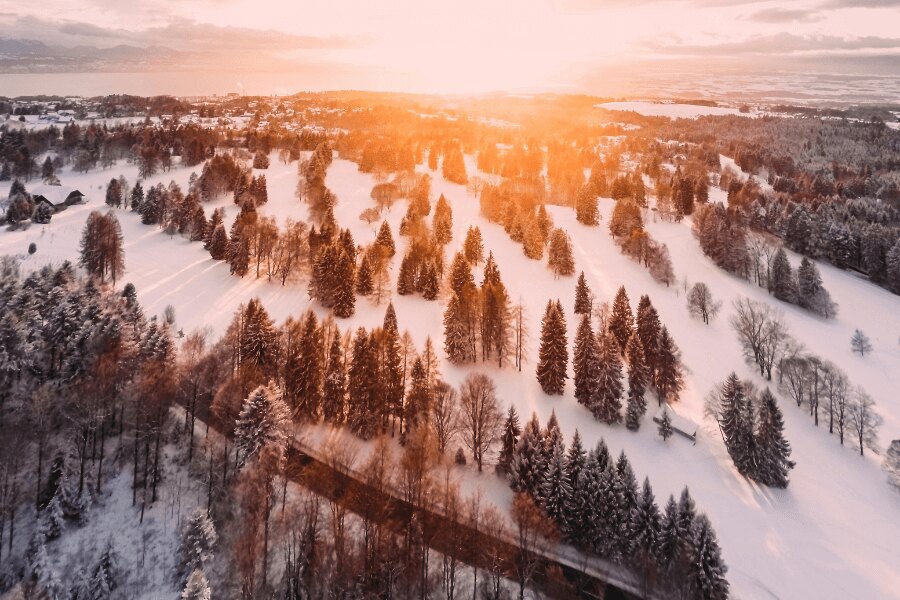
Šumava, Krkonoše and Jizera Mountains – not only there you will find the coldest places in the Czech Republic.
3) Šumava Plains (Rokytská slať, Březník, Modrava)
Other cold places are also located in the Šumava region. The local plains are known for their freezing inversion. And photographers love them because the surrounding landscape is truly photogenic. The Šumava Plains are a geomorphological subdivision of the Šumava Mountains and their average altitude is 980 meters.
4) Jizerka (Jizera Mountains)
Similar to the fact that the village of Horská Kvilda is the coldest municipality in the country, the coldest permanently inhabited place is the settlement of Jizerka in the Jizera Mountains. Another interesting place is the so-called Jizera dark sky area or "darkness reservation", which offers ideal conditions for astronomers.
5) Klínovec (Ore Mountains)
Even on Klínovec, the highest mountain in the Ore Mountains, you can encounter really low temperatures, but more important for us is the average annual temperature, which is 2.6°C and is thus very close to Sněžka. Klínovec is a popular tourist destination in West Bohemia, also thanks to the lookout tower on its peak.
Why are some areas so cold?
Although our country is located in a temperate climate zone, we will encounter very cold locations here. Severe winter frosts are caused by various factors, including a combination of inversion weather and frost depressions or the absence of wind that would otherwise blow away the frosty air. And also long-lasting snow cover, which acts as an insulator against the cold.
Inversions and frost depressions
Frost depressions are defined as terrain depressions into which cold air, which is heavier than warmer air, travels in the cold months of the year. On clear nights, the inversion is clearly visible here. Cold air here does not have a chance to mix with warmer air, so the lowest temperatures here can reach truly extreme values. We can take Jezerní slať and Horská Kvilda as examples.
Middle altitude
You will not find the lowest temperatures in our country on the highest mountains, but rather at middle altitudes, from about 800 to 1200 m above sea level. Unlike the highest peaks, these locations are protected from winds, which would otherwise mix air of different temperatures and basically blow away frost. Wind plays a key role in the dispersion of heat. If there is a leeward side somewhere due to high mountains or forests, the probability of frost is higher there. This is the case both in the Šumava plains and in the Jizerka settlement.
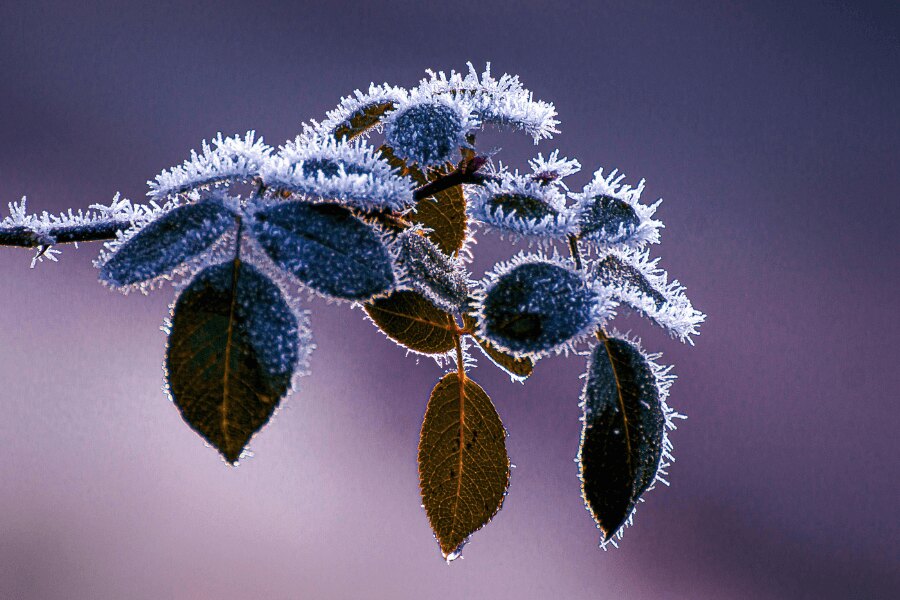
The lowest temperatures are paradoxically not found on mountain peaks, but in mid-latitudes.
Snow as an insulator of cold
In frosty areas, there is often a kind of symbiosis of frost and snow. The snow cover can easily last for several weeks or months at a time and acts as an insulator or "accumulator" of cold. It is for this reason that we can encounter very low temperatures in the Modrava and Kvilda areas, and of course again in the Šumava Mountains.
Equipment for freezing temperatures
We shouldn't go out into freezing temperatures unprepared. The key is above all appropriate clothing and its correct layering, as well as suitable footwear. Another important preparation is to have a backup plan ready if you start to really freeze. Ending a winter expedition with frostbite could be truly unfortunate. Among other things, chemical hand, foot and body warmers can come in handy. For example, those from the British company Häago or the German Thermopad.
TIP: If you want to read more about equipment and clothing for extreme winter, check out our previous article How to dress for extreme winter.
If possible, never go into a freezing environment alone. And even if you go out with several people, inform someone else about your plans and route. If something goes wrong, make sure there is someone who knows where to look for you.
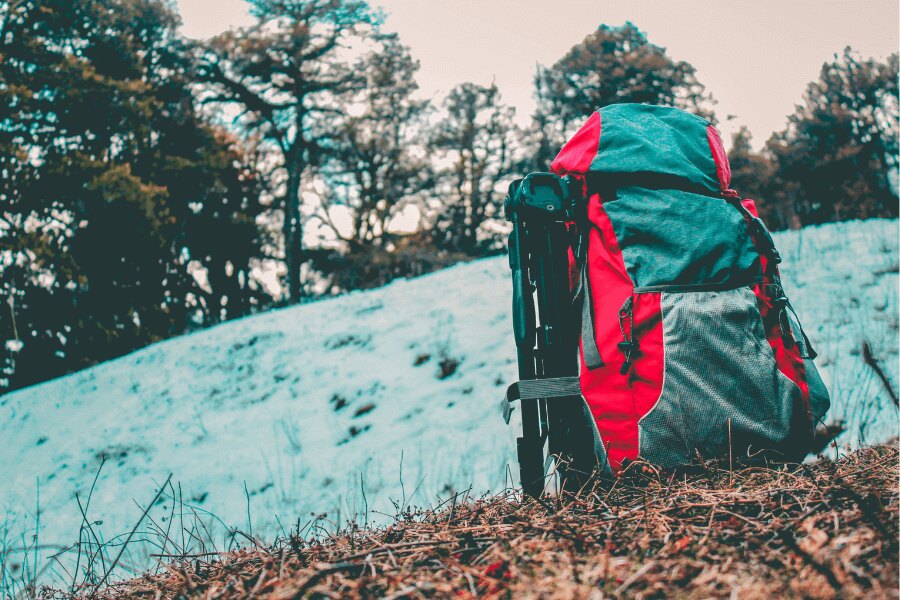
Always pack quality equipment for freezing temperatures and inform someone close to you or the Mountain Rescue Service of your plans in advance.
Charge your mobile phone to 100% before the trip and, if possible, top up your power bank. Carry it under your jacket as close to your body as possible so that it does not run out unnecessarily in the cold. As for other equipment, be sure to take a thermos with hot tea and some protein bars or chocolate with you if you need to replenish your energy along the way.
TIP: Read our other article entitled 10 most common mistakes during winter camping.
In conclusion
The coldest places in the Czech Republic can be found mainly in the peripheral mountain ranges of Bohemia, such as Šumava or the Jizera Mountains. These are mainly frost basins or places where the wind cannot reach due to the barrier of mountains or forests. It is coldest here on clear winter nights. Don't underestimate a stay in the winter countryside in these places, but if you bring sufficient equipment and dress well, you won't regret it. The Czech landscape is generally magical, and the frosty touch and white blanket on the trees add an extra dose of magic.
Readers are further interested
